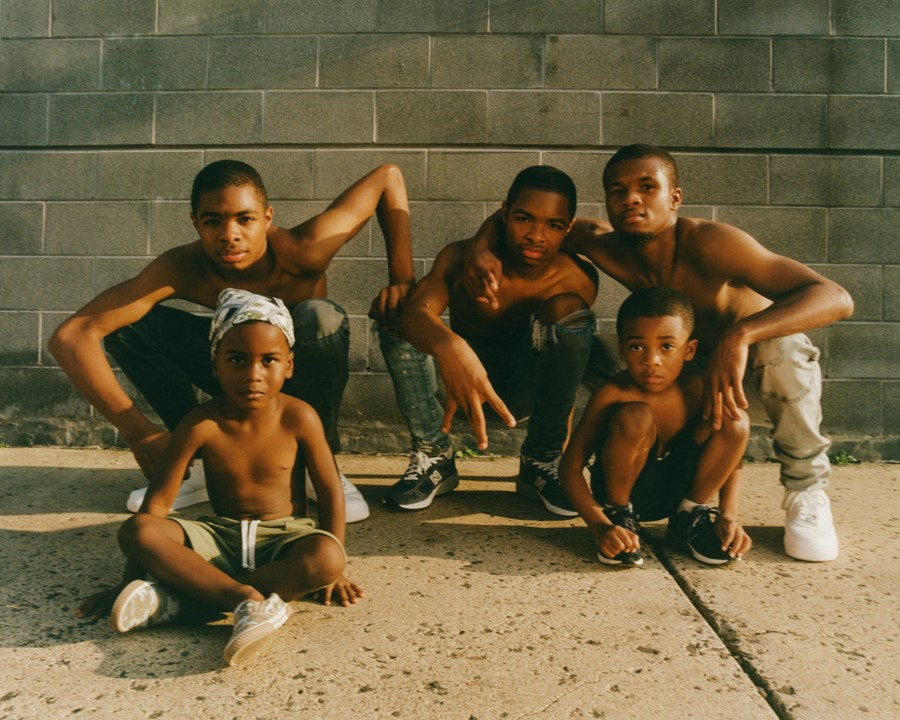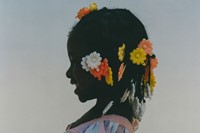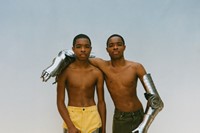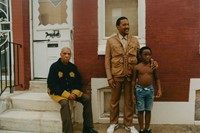The photographer’s personal new series documents a family block party celebrating his grandmother’s 67th birthday
Photographer Quil Lemons has laid bare the beauty of the mundane in his hometown of South Philadelphia in 6 7, a new visual series for WePresent marking his most personal project yet. Returning to the neighbourhood that raised him at the height of the pandemic, Lemons documents a family block party celebrating his grandmother’s 67th birthday – an occasion used to capture the essence of Black love and community amid grief, loss and societal upheaval in a sublimely shot photo series featuring those closest to him.
“I was inspired by what living life in the past year has looked like,” he tells AnOther. “What we went through with Covid and lockdown, Black Lives Matter, my dad being in jail and the loss of two of my relatives. At that same time, my entire career was exploding too so my family was in this limbo of grieving but also celebrating life and figuring out how to navigate it in the midst of a pandemic.”
Lemons, who is known for signature soft portraits of subjects that tell authentic stories of queerness, race, body positivity and masculinity, is the youngest person to have ever shot the cover of Vanity Fair – a career breakthrough he achieved earlier this year at the age of 23. The rest of his catalogue includes his 2017 debut series GLITTERBOY which tackled the damaging stigmas and stereotypes of hypermasculinity within Black men, while his 2018 follow-ups PURPLE and WELCOME HOME focused on African-American families.
He revisits this exploration by pointing the lens back at his own family in 6 7 with a selection of photos uniquely named with individual messages. “The names for each of the images are slang terms used by Philadelphians that may not be obvious to the wider audiences but locals will know it,” he explains. “One of my favourite shots is a picture of my aunt who is a minister holding an AR15 gun. I wanted to play around with the idea of what it means to be a minister and the theme of protection. It was just crazy to see a Black woman with a large rifle.”
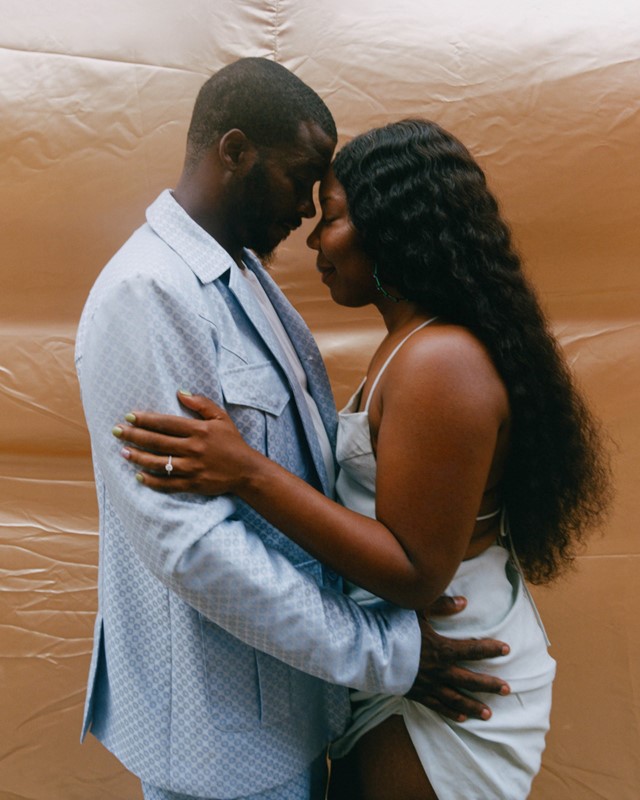
Another timeless theme Lemons delves into is the idea of grief and societal takes on what it looks like. He puts forth the reality of pain co-existing with the joys of life, with his family as a prime example. “Grieving is not something that is as dark as we’d like to think. I don’t think that we really address that,” he says. “I think we try to fast forward and get over it but it’s something we need to learn to live with. It’s a natural part of life that we don’t really talk about. In my family, this loss was the first one I’d experienced with people close to me and it was really interesting that none of us had the language to talk about it.” He compares this overarching surface-level glance at grief to the attitudes towards Black lives and the Black experience in the mainstream world of arts.
“Photographically, everyone wants these beautiful Black portraits but no one wants to talk about how dark it is to be a Black person in America,” adds Lemons. “It’s hella dark, but I think that also allows us to really enjoy the beautiful moments when we do have them. That’s what this whole series at the block party is about. We’ve been through a lot of shit so let’s actually just celebrate being alive.”
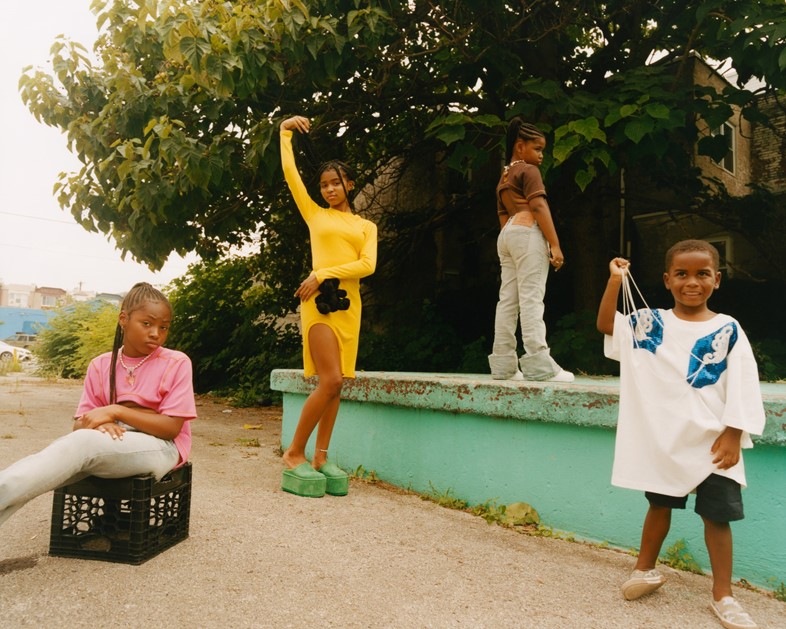
Currently based in Brooklyn, Lemons left South Philadelphia after graduating in 2015. It was the first time he’d stepped away from the place he called home and the people he’d known his entire life, including the 150 relatives he has in the area. While he visits regularly, things are ever-changing in his old neighborhood. “South Philly is going through crazy gentrification right now, it’s like two cities in one. The entire neighborhood is completely changing every second so when I come home there’s always another building that has disappeared that has been there my entire life,” he says. “There was a church next to my grandmother’s house that is completely gone now. They’ve turned it into an apartment complex and it’s pushing us all out. It’s so disorienting and very othering too because if we can’t live here then where do Black people go? How do we keep going in a place that constantly tells us we can’t be here?”
6 7 embodies these concepts by simply showcasing Black life as it is in South Philadelphia – a city that is as rich in food, culture and resilient joy as it is in crime, violence and socio-economic struggles. In 2021 alone, the city has seen over 500 homicides, a statistic that won’t surprise natives including Lemons. This juxtaposing reality of life in the city is what shapes not only his photo series but Lemons’ creativity overall. “South Philly can be rough but it is also a real food city, a real culture city. We have a lot of major talents and cultural icons who are all from here but it’s very much overlooked because everyone is focused on cities like New York, LA and Atlanta. We have a huge cultural hub for art and creativity here too,” he says. “I definitely have to give back to my city in that way and make sure it doesn’t get erased. You can feel that in my work.”
